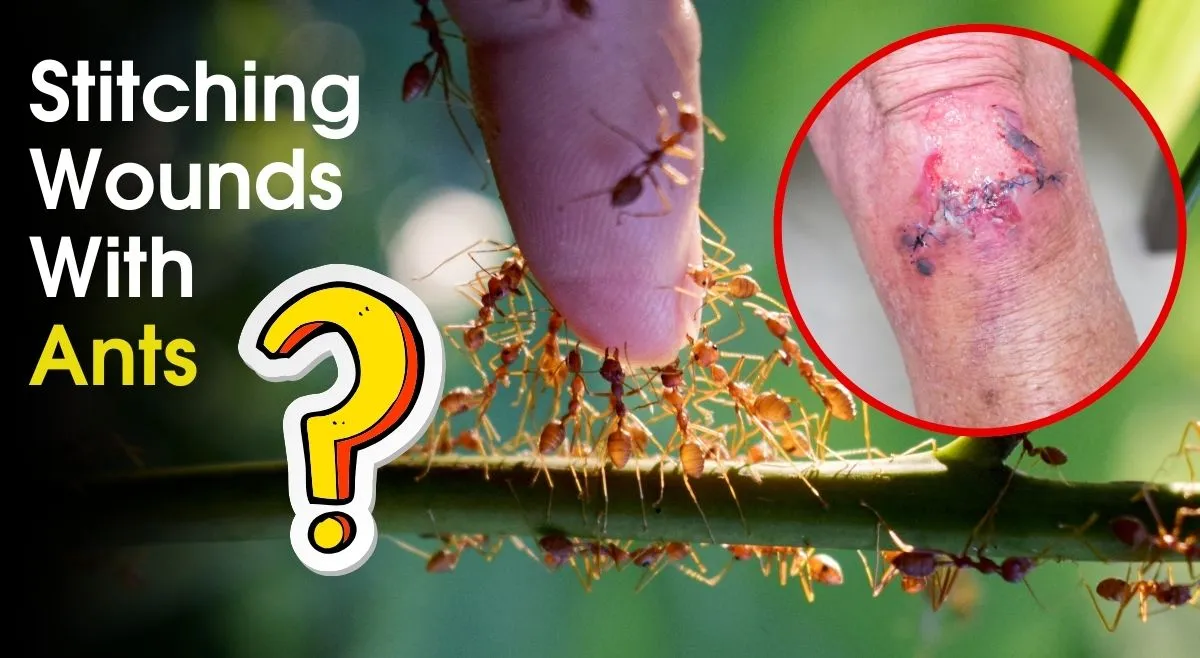- By Ridam Sharma
- Fri, 22 Aug 2025 03:40 PM (IST)
- Source:JND
Stitching Wounds With Ants: Humans have tremendously evolved over the years. Methods of living have also changed; from teaching to medicine, everything has become modernised. However, to your surprise, the way humans operated in earlier times was not the same as it is today. For example, earlier medicine was not as advanced, so people stitched wounds in different ways. But can you imagine stitching wounds with ants?
Ants are eusocial insects from the Formicidae family. In earlier times, prior to the use of modern sutures and surgical instruments, humans sought remedies in nature. One very interesting technique involved using ants to suture wounds, a practice documented in some areas of Africa, India, and South America. This technique was developed out of both necessity and creativity.
How Did It Work?
One type of ant species, like soldier ants, possesses powerful jaws. Healers or tribesmen would place these ants carefully over the edges of an open wound. When the ant bit down, its jaws closed with a tight grip on the skin. The body of the ant was then pulled out, but its head was left attached, working as a biological staple. Several ants could be used in a row to effectively close the entire wound.
Also Read: Which Animal Has 3 Hearts And Blue Blood?
Why Is The Technique Of Ant Stitches Utilised?
1. It was a natural suturing procedure as ants' jaws act like a pre-assembled forceps to keep tissue in place and avoid the loss of blood.
2. The procedure also had antiseptic advantages, like certain special types of ants secrete antimicrobial chemicals, which helped reduce infection.
Also Read: Which Insect Has The Most Powerful Sting In The World?
3. This procedure was convenient at that time, especially in forest areas, where there were plenty of ants and specialised equipment to do medical procedures was not available.
4. This ant stitching procedure was a temporary sealing, which effectively sealed wounds until natural healing resumed.
This procedure of stitching wounds with ants was significant in traditional medicine because the application of ants to close wounds is evidence of human resourcefulness in pre-scientific times. It demonstrated an early concept of management of wounds, infection prevention, and bringing the edges of a wound together for rapid healing, practices still touted by modern medicine. This creative application of ants is proof that resourceful ancient traditions were using even insects in life-saving equipment.

